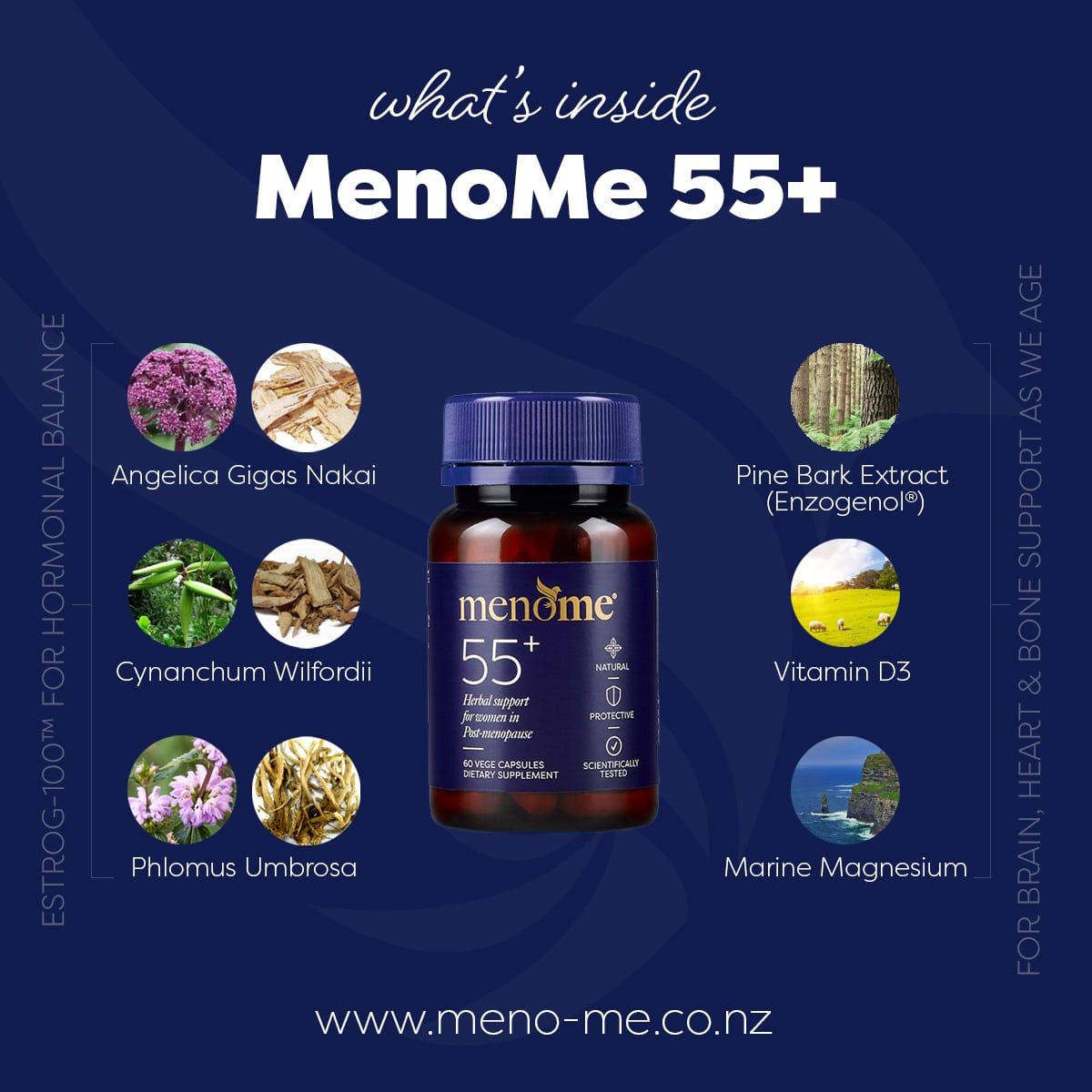7 Incredible Health, Weight & Skin Benefits Of Enzogenol®


One of the ingredients we use in 55+ is called Enzogenol®.
And there are very good reasons we’ve chosen to include it.
Firstly, we always look for effective, natural solutions for pre-, peri- and post-menopause.
Secondly, if a product or compound has been through clinical trials it gets our vote. This is because it means it’s backed by science and has been proven to be effective.
And thirdly, Enzogenol® comes from the beautiful sustainable pine forests of New Zealand. Not only that, it’s extracted in an environmentally friendly and sustainable water extraction process.
The end result is a powder that’s vegan, dairy-free, gluten-free, kosher, halal and jam-packed with properties that, quite literally, have the power to change your life.

The Science Behind Enzogenol®
We spoke with David Giles of ENZO Nutraceuticals about Enzogenol®. He shares its many benefits, areas of research and what’s on the horizon below. If you’re experiencing migraines/headaches/brain fog/memory lapses/skin changes or weight gain around the belly, don’t miss it.
This is a 28-minute watch or listen, so grab a cuppa and let’s begin.
Areas of research:
During scientific testing, the antioxidant levels in Enzogenol® were found to be many times more potent than vitamin C and other polyphenols. This has huge ramifications for all areas of life including managing chronic disease as well as the rate and way that we age.
1. Anti-Ageing Properties
2. Brain Function
3. Glucose Tolerance/Blood Sugar Stability
4. Cardiovascular Health
5. Eye Health
6. Gut Health
7. Skin Health









